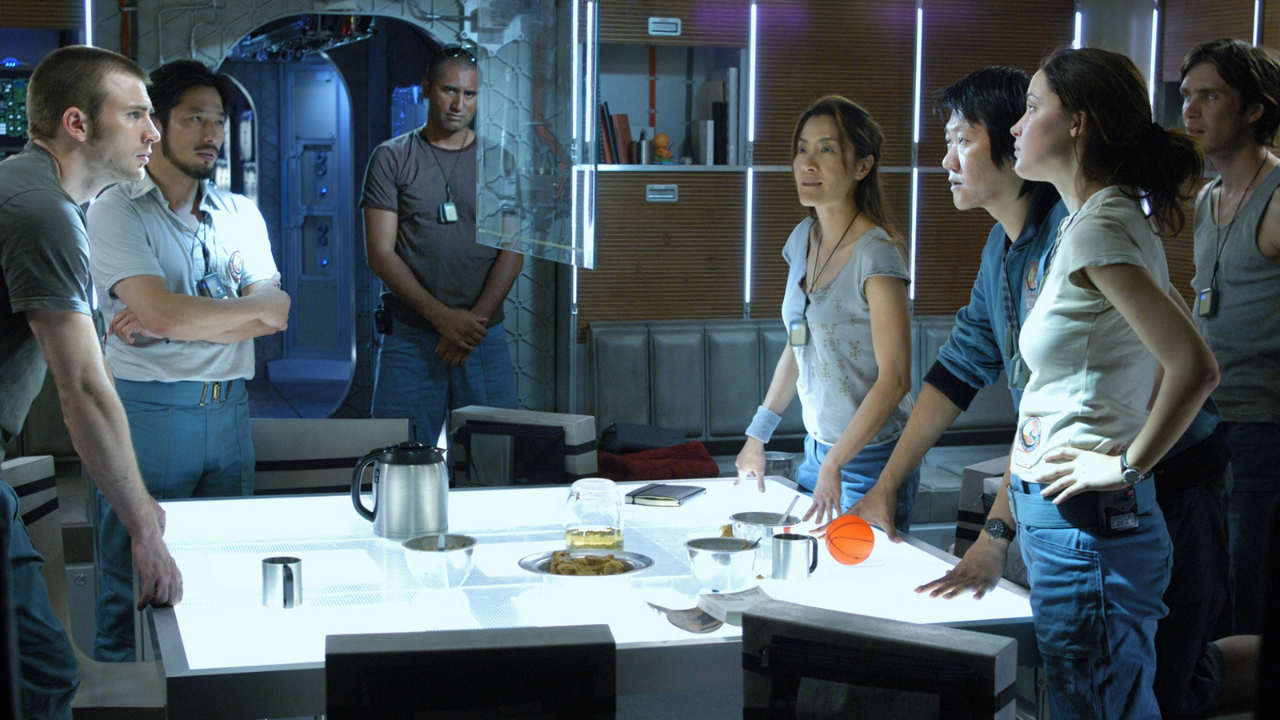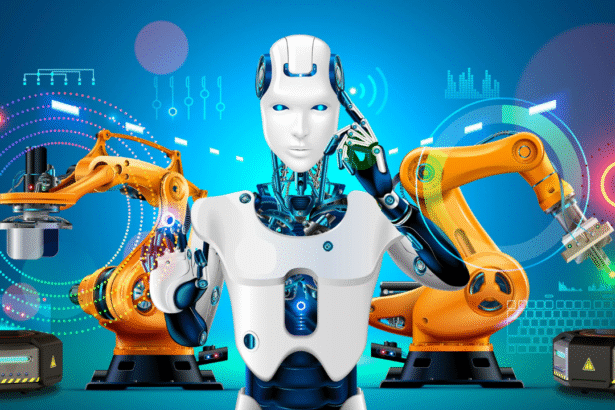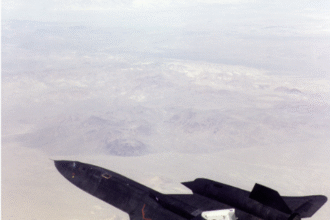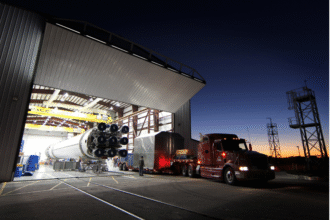Sci-fi to real life is no longer just a futuristic fantasy—it’s here, and it’s changing the way we explore space. For decades, science fiction has fueled our wildest dreams about the future. From Star Wars to Interstellar, these movies introduced us to imaginative worlds filled with advanced tech, alien landscapes, and futuristic machines. But what if we told you that many technologies from movies now used in space are no longer fiction—they're reality?
Yes, some of the very gadgets, machines, and ideas once thought to exist only on the silver screen are now part of real-life space missions. Thanks to rapid advances in robotics, AI, and aerospace engineering, sci-fi technology in real life is becoming more common than you might think.
Sci-Fi Technology in Real Life: How Movies Inspired Today’s Space Innovations
Let’s explore some of the most impressive technologies from movies now used in space and the incredible innovations that turned science fiction into science fact.
1. Robotic Assistants: From R2-D2 to CIMON
In the Star Wars universe, R2-D2 and C-3PO were more than just comic relief—they were essential members of any mission. Today, astronauts aboard the International Space Station (ISS) have their own robotic helper: CIMON (Crew Interactive MObile CompanioN), developed by Airbus and IBM.
This floating, AI-powered robot uses facial recognition, natural language processing, and machine learning to assist astronauts with technical tasks. It’s a perfect example of space tech inspired by movies, transforming fiction into function.

2. Gesture-Controlled Interfaces: Remember Iron Man?
Tony Stark’s holographic displays and gesture-based computing seemed far-fetched when Iron Man premiered. But today, technologies from movies now used in space include gesture-controlled interfaces.
NASA has tested gesture control systems for astronauts to operate drones or rovers without physical touch. With haptic feedback and wearable tech, futuristic movie technology is guiding the next generation of human-machine interaction in orbit.
3. 3D Printing: Replicators from Star Trek
In Star Trek, the crew used “replicators” to create food, tools, and even weapons on demand. In real life, 3D printing has become a vital tool for space exploration.
NASA’s 3D printers aboard the ISS can create spare parts or medical tools in zero gravity. This real-life space invention from films helps reduce the need for cargo resupply and opens the door to future Mars missions.
4. Space Suits Inspired by Science Fiction
The sleek, stylish suits worn by astronauts in The Martian or Interstellar aren't far off from what real astronauts wear today.
SpaceX’s Dragon Crew suits, for example, are lightweight, pressurized, and touch-screen compatible—blending form with function. These suits are clear examples of technologies from movies now used in space, built for both aesthetics and safety.
5. AI Navigation and Auto-Pilot: Hello HAL 9000
While HAL 9000 from 2001: A Space Odyssey ended up being a cautionary tale, AI systems in real space missions are now trusted co-pilots.
Autonomous navigation tools help rovers like Perseverance explore Mars without human intervention. Meanwhile, AI systems like DART (Double Asteroid Redirection Test) use precise targeting to guide spacecraft—another case of sci-fi technology in real life delivering real-world value.
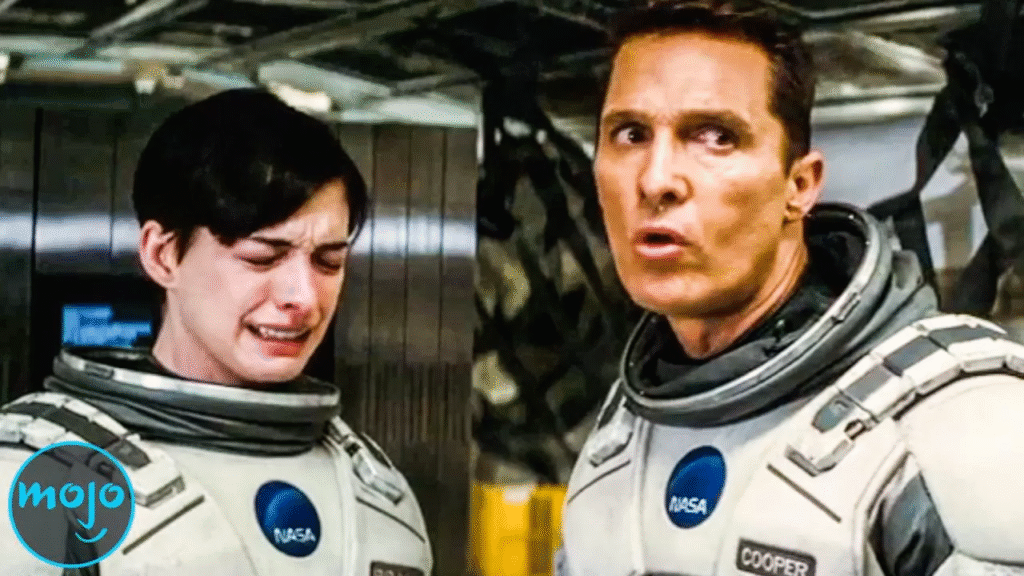
6. Virtual and Augmented Reality in Training
Astronauts train using VR and AR simulations that closely resemble the visual interfaces seen in films like Ender’s Game or Minority Report.
From practicing zero-gravity repairs to planning lunar surface exploration, this space tech inspired by movies enhances safety and performance. NASA and other space agencies continue to invest in immersive training environments modeled after futuristic movie technology.
7. Holograms and Telepresence: Projecting the Future
We’ve all seen Star Wars characters communicating via shimmering blue holograms. Today, Microsoft’s HoloLens is making strides in augmented reality, used by NASA for both Earth-based operations and potential lunar navigation.
Although true holograms remain experimental, technologies from movies now used in space include early-stage telepresence systems that let mission control “beam in” to astronaut environments.
8. Self-Healing Materials: Inspired by Alien Films
Remember in Prometheus when synthetic skin or gear self-repaired after damage? That idea is now under active research.
NASA is developing self-healing materials for spacecraft that can detect and fix micrometeoroid damage. This cutting-edge innovation is a textbook case of real-life space inventions from films once dismissed as pure fantasy.
9. Ion Propulsion and Interstellar Engines
Ion propulsion systems, like those seen in The Expanse or Avatar, are now in active use. NASA’s Deep Space 1 and the Dawn spacecraft both used ion engines for extended space travel.
Such systems may soon power crewed Mars missions, proving that technologies from movies now used in space are not just on the launch pad—they’re already out there, pushing the boundaries of distance.
10. Space Habitats Modeled After Sci-Fi
Movies like The Martian, Elysium, and Moon portrayed compact, self-sustaining habitats for humans to live in space.
NASA’s Artemis program is working on similar concepts, including inflatable habitats and radiation-shielded lunar bases. This is one of the most exciting developments in sci-fi technology in real life, especially as humans gear up to live on the Moon and Mars.
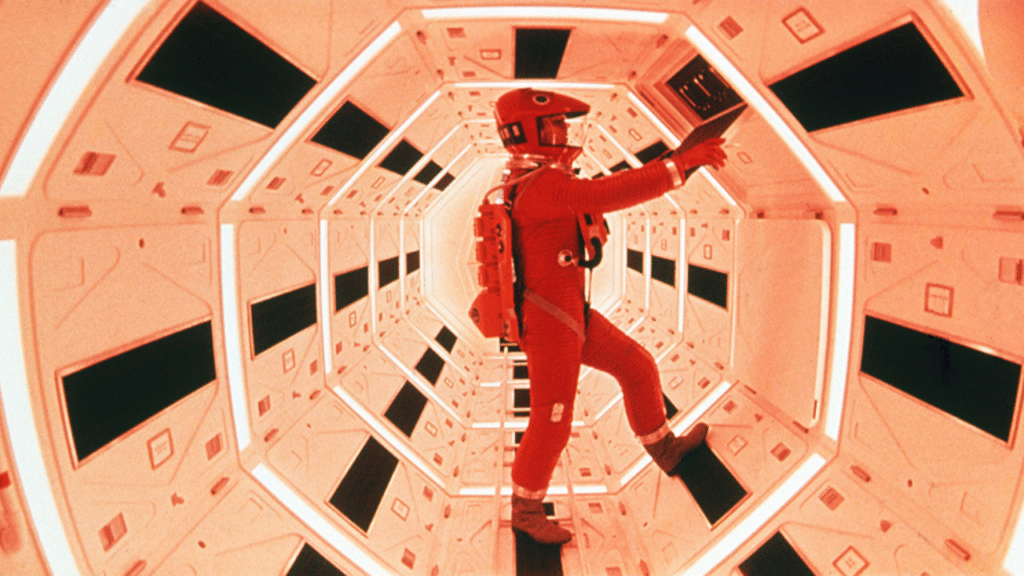
Final Thoughts: Science Fiction as a Roadmap to Innovation
What was once imaginative storytelling is now a blueprint for engineers, scientists, and astronauts. The crossover between entertainment and engineering has never been stronger. Many technologies from movies now used in space started as artistic dreams but are now practical tools in human space exploration.
As real-life space inventions from films become the norm, the line between science fiction and science fact continues to blur. So, the next time you watch a space movie, ask yourself—how long until we build that?
Because in the world of space tech, fiction today might just be tomorrow’s mission.


